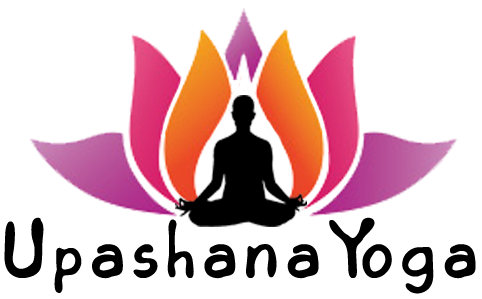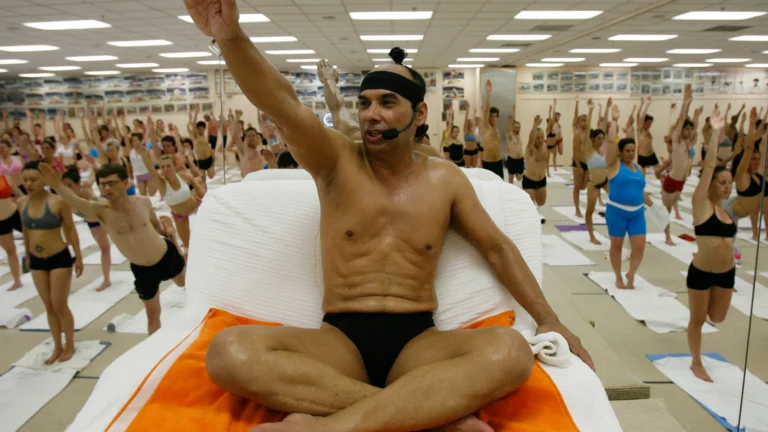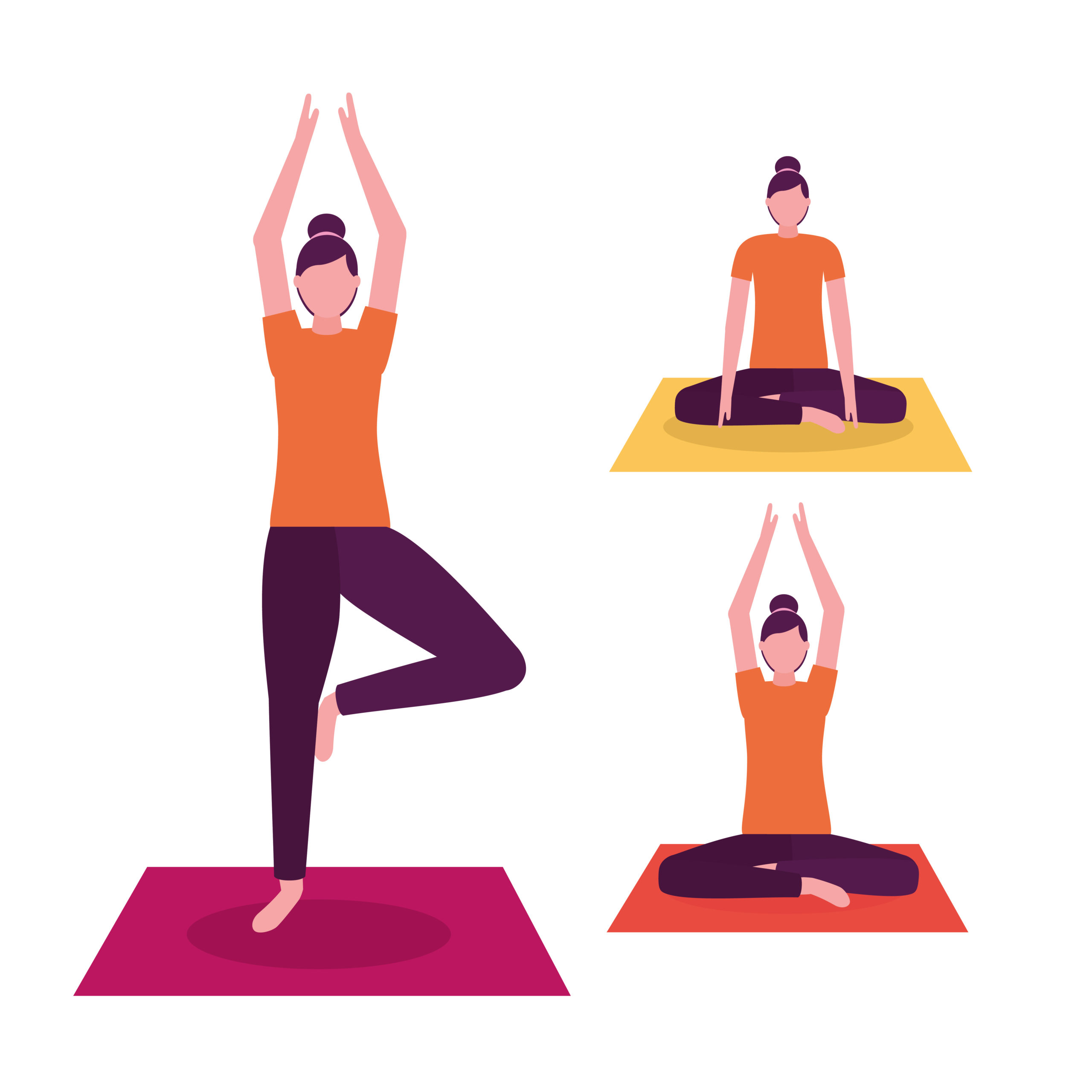
Yoga is a holistic practice combining physical postures, breath control, and mindfulness. Among the various categories of yoga asanas (postures), standing yoga poses form the foundational pillar of strength, alignment, and balance. Whether you’re a beginner or an advanced practitioner, standing postures are essential for building core stability, improving posture, and cultivating a sense of grounding. So, see below the best Standing Yoga Poses.
What Are Standing Yoga Poses?
Standing yoga poses are asanas performed while standing on one or both feet. They often involve leg strength, core stability, spinal alignment, and full-body coordination. These poses are often the starting point in a yoga sequence and serve as warm-ups or transitions into more advanced postures.
Standing postures can be static (held for several breaths) or dynamic (performed in a flow). They help in establishing a strong foundation, which is crucial for balance, flexibility, and overall body awareness.
(Also Read: Restorative Yoga: All You Should Know)
Benefits of Standing Yoga Poses:
Practicing standing yoga poses regularly can provide numerous physical, mental, and emotional benefits:
Improves Balance and Coordination:
Many standing poses require you to stabilize on one leg or shift weight dynamically. This challenges your proprioception (sense of body positioning), enhancing balance and coordination.
Strengthens Legs, Core, and Glutes:
Standing postures engage major muscle groups including quadriceps, hamstrings, glutes, calves, and the core. Over time, this builds muscular strength and endurance.
Standing Yoga Poses Enhances Posture and Alignment:
By working on spinal alignment, standing yoga poses promote better posture and help correct muscular imbalances caused by sedentary lifestyles.
Stimulates Circulation and Energy:
Standing poses increase blood flow to the lower extremities, improving circulation. They also stimulate prana (life force energy), which leaves you feeling more energized and alert.
Builds Mental Focus and Confidence:
Maintaining balance and holding challenging poses cultivates concentration, patience, and mental discipline, which extend into daily life.
Prepares the Body for Advanced Asanas:
These foundational poses build the strength, flexibility, and balance needed for more advanced yoga postures like inversions and arm balances.
(Also Read: Kundalini Yoga: Awakening Inner Energy Through Practice)
Best Standing Yoga Poses and How to Do Them:
Here are some of the most effective standing yoga poses with step-by-step instructions:
Tadasana or Mountain Pose:
Benefits: Improves posture, awareness, and grounding.
How to Do It:
- Stand with your feet together or hip-width apart.
- Distribute your weight evenly on both feet.
- Engage your thighs, lift your kneecaps slightly.
- Roll your shoulders back and down, arms alongside your body.
- Lengthen through the spine and crown of the head.
- Breathe deeply and hold for 30 seconds to 1 minute.
Virabhadrasana I or Warrior I Pose:
Benefits: Strengthens legs and shoulders, opens the chest and hips.
How to Do It:
- Step your right foot forward into a lunge, left foot back at a 45-degree angle.
- Bend the right knee so it’s directly above the ankle.
- Square your hips toward the front.
- Inhale, raise your arms overhead, palms facing each other.
- Gaze forward or up.
- Hold for 5–10 breaths, then switch sides.
(Also Read: Yin Yoga: A Deep Dive into its Principles, Benefits, and Practice)
Virabhadrasana II or Warrior II Pose:
Benefits: Increases stamina, tones thighs and shoulders, improves focus.
How to Do It:
- From a lunge, open your hips and shoulders to face the side.
- Stretch your arms parallel to the floor, palms down.
- Keep your front knee bent at 90 degrees.
- Gaze over your front fingertips.
- Hold for 5–10 breaths, then switch sides.
Trikonasana or Triangle Pose:
Benefits: Stretches hamstrings, hips, and spine; improves digestion and balance.
How to Do It:
- Start with legs wide apart, right foot facing forward, left foot turned slightly inward.
- Extend arms to shoulder height.
- Reach your right hand forward, then lower it to your shin or the floor.
- Lift your left arm towards the sky, gaze up.
- Keep both legs straight and chest open.
- Hold for 5–10 breaths per side.
(Also Read: Power Yoga: A Complete Guide to Practice, Benefits, and Key Poses)
Utkatasana or Chair Pose:
Benefits: Strengthens thighs, ankles, and back and boosts endurance.
How to Do It:
- Stand in Tadasana, then bend your knees as if sitting in a chair.
- Raise your arms overhead, palms facing each other.
- Keep your chest lifted and spine neutral.
- Hold for 30 seconds to 1 minute.
Vrksasana Or Tree Pose:
Benefits: Improves balance, strengthens legs, calms the mind.
How to Do It:
- Stand on your left leg, place the right foot on the inner left thigh or calf.
- Avoid placing the foot on the knee.
- Bring your palms together in prayer position at your chest or raise them overhead.
- Gaze at a fixed point and breathe steadily.
- Hold for 30 seconds to 1 minute, then switch sides.
(Also Read: Ashtanga Yoga: A Complete Guide to Practice, Benefits, and Key Poses)
Parsvakonasana or Extended Side Angle Pose:
Benefits: Opens hips and chest, strengthens legs and core.
How to Do It:
- Start in Warrior II.
- Lower your front forearm to your thigh or place your hand on the floor.
- Extend your top arm over your ear, forming a diagonal line.
- Keep your chest open and spine long.
- Hold for 5–10 breaths per side.
Garudasana or Eagle Pose:
Benefits: Enhances focus and balance, stretches hips, shoulders, and thighs.
How to Do It:
- Stand on your left leg, wrap your right leg over the left.
- Cross your right arm under the left and press palms together.
- Bend your knees slightly and sink low.
- Keep spine upright and gaze steady.
- Hold for 30 seconds to 1 minute, then switch.
(Also Read: Hatha Yoga: A Comprehensive Guide to Practice and Benefits)
Tips for Practicing Standing Yoga Poses:
- Warm-up first: Engage in light stretching or sun salutations before standing poses.
- Engage your core: Helps with balance and stability.
- Use props if needed: A yoga block or wall can assist with balance.
- Breathe consciously: Inhale to lengthen, exhale to deepen the pose.
- Practice barefoot: Helps connect with the ground and improves foot strength.
- Don’t rush: Focus on alignment and form before depth or duration.
Mind-Body Connection in Standing Poses:
Standing poses are not just physical workouts; they are grounding and stabilizing postures that bring the mind into the present. Holding a standing pose builds mental resilience, making it easier to face challenges off the mat. They also help anchor wandering thoughts, cultivating mindfulness.
(Also Read: Vinyasa Yoga: A Complete Guide to Practice, Benefits, and Key Poses)
Final Thoughts:
Standing yoga poses are the foundation of any strong yoga practice. They offer an ideal blend of strength, flexibility, balance, and focus. Whether you’re working toward improved fitness, mental clarity, or emotional grounding, standing asanas offer a powerful gateway to transformation. Incorporate these poses into your daily routine, listen to your body, and watch your inner and outer strength blossom over time.



















Leave a Comment